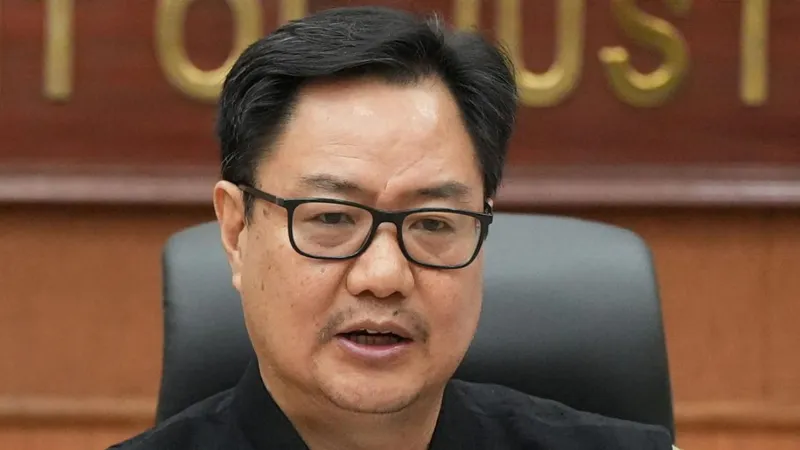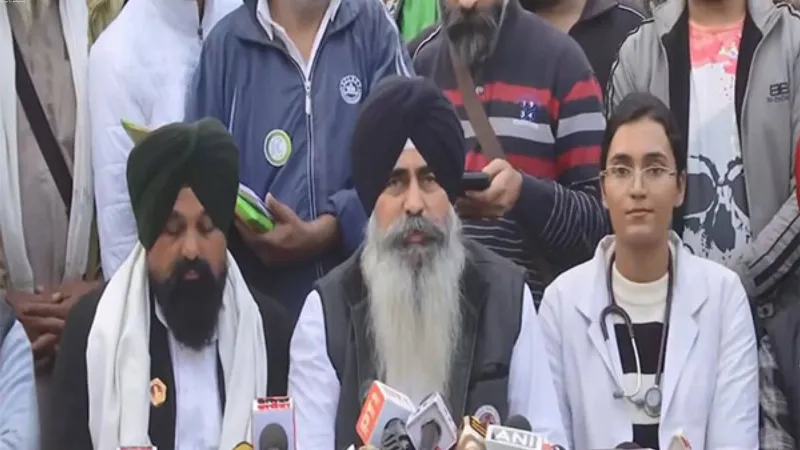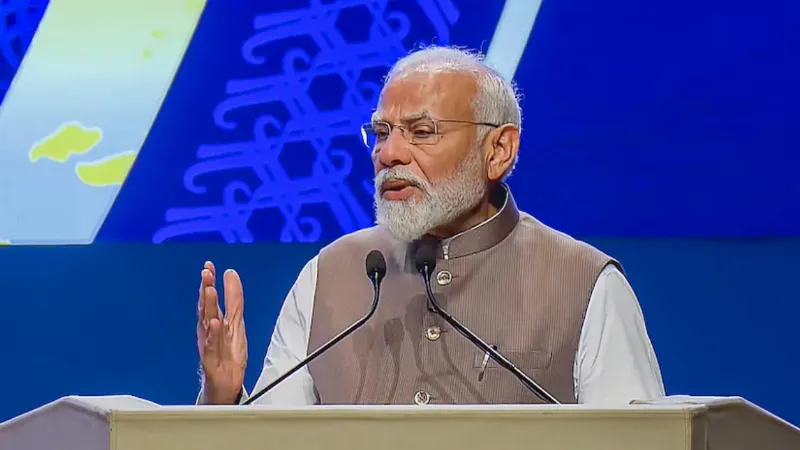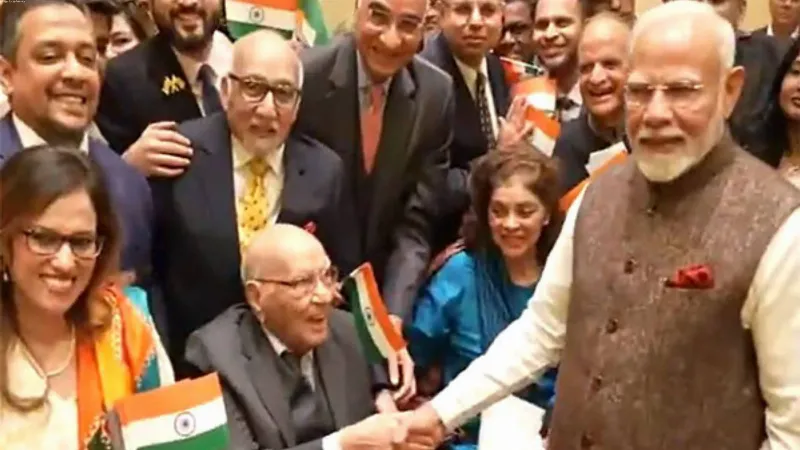Latest News
WHY LEADERS CONTEST ELECTIONS FROM MULTIPLE SEATS?

Jaipur: The political battle is set for the 2024 Lok Sabha elections. The announcement of the candidates is awaited, but the election campaign seems to have intensified. It is often seen in Lok Sabha and Assembly elections that many veterans contest polls from more than one seat. Reason behind this may be search for a safe seat or fight to prove oneself. If we look at the electoral history, some candidates have contested not one, not two, but even three seats. PM Narendra Modi contested from two constituencies in 2014 Lok Sabha polls. PM Modi was a candidate from two seats, Varanasi and Vadodara. He won both seats but later left Vadodara seat.
The strategy behind Modi’s move to go from Gujarat to Varanasi to contest LS polls might have been formula derived from historical precedence. Historically, most PMs in the country have ascended to power by winning polls in Uttar Pradesh, which boasts a maximum of 80 Lok Sabha seats.
In the 2019 LS polls, Rahul Gandhi contested from two seats, UP’s Amethi and Wayanad in Kerala. While he lost Amethi, he won from Wayanad. In the past too, leaders like Indira Gandhi, Atal Bihari Vajpayee, Sonia Gandhi, and LK Advani have contested from more than one seat.
Similarly, in 1957, Vajpayee contested elections from three seats in UP, including Balrampur, Mathura, and Lucknow. In the year 1980, Indira Gandhi contested elections from two seats and won both seats.
But what is the rule behind this? What is the maximum number of seats a candidate can run for in an election? How many seats can a candidate contest from, one, two, three, or four?

















